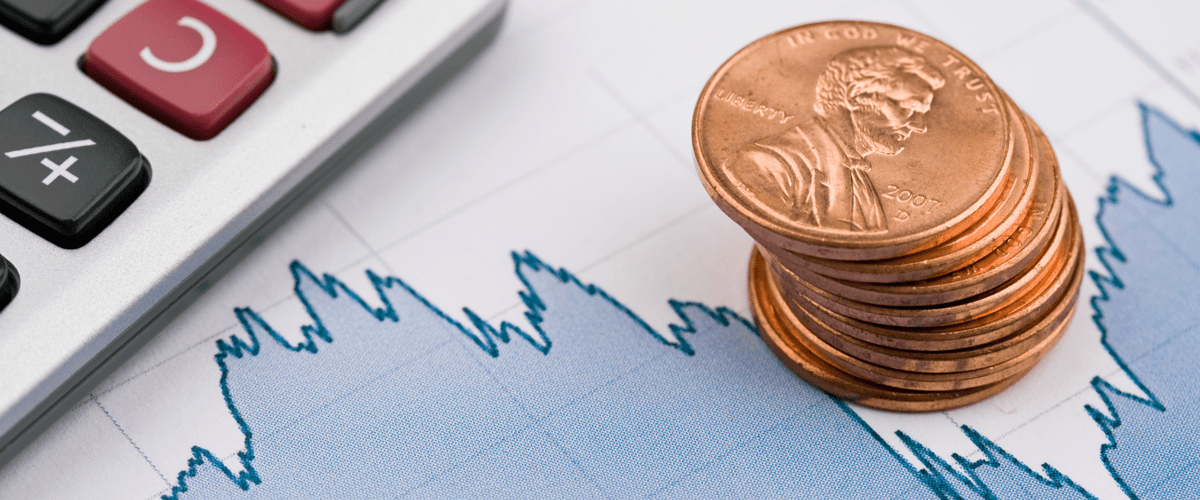
Investing in expensive or cheap shares?
Investors may have different ideas about what constitutes cheap and what constitutes expensive stocks .
For some investors, an expensive or cheap stock refers to the price and what their investment will cost. For others, the term expensive or cheap refers to the relative value between a stock’s market price and its intrinsic value. Better indicators of whether a stock is expensive or cheap are the extent to which a stock reflects the company’s earnings and assets.
Market
Investors can’t always tell from the market price alone whether a stock is expensive or cheap. While some stocks command triple-digit sums, others trade for less than a tenner. Stocks with a high price are not necessarily expensive, and stocks with a low price are not necessarily cheap. Investors can bid a lot for a stock if they expect a lot of growth. The greater the growth potential of a stock, the more likely the high price is justified. On the other hand, if a stock with a low market price does not fully reflect the company’s poor growth potential, it can still be seen as expensive.
Price-earnings ratio
Investors also sometimes compare share prices to company earnings per share when valuing a stock. So whether a stock is expensive or cheap can depend on its price-earnings ratio. In general, the higher the price-earnings ratio, the more expensive the stock and vice versa. For stocks that have made high profits, the relatively high market price may still not be considered expensive if the price-earnings ratio is still low. For stocks that have made low profits and are therefore relatively cheap , they may not be considered cheap when the price-earnings ratio is high.
Price-Equity Ratio
Investors can also compare stock prices to a company’s equity to determine whether a stock is expensive or cheap, especially during periods of volatile earnings. A temporary increase or decrease in earnings can make a stock suddenly appear cheaper or more expensive than it may be in the long run. Comparing prices to equity often provides a more stable method of valuing a stock. The stock price to equity ratio is compared to the ratios of similar stocks or the industry average. The higher the ratio, the more expensive the stock may be, and vice versa.
Shareholders
The different numbers of outstanding shares between companies can make stocks appear more or less expensive than they actually are. Stocks with fewer outstanding shares are likely to trade at higher prices, but are not necessarily expensive when the ratios discussed earlier are low. Conversely, stocks with more outstanding shares often trade at lower prices, but are not necessarily cheap when the ratios are high. Without taking into account the number of shareholders, investors can misinterpret the share prices of companies with the same equity.

Want to start investing in stocks?
After reading this article, are you enthusiastic about investing in shares and are you convinced that this is something for you? Then definitely compare our range of stock brokers to find a provider that suits you best! Investing in cheap or ‘normal’ shares is currently being done by many people and is also one of the most popular forms of investment. Are you still in doubt? Try a demo account to learn how to invest in shares without risk!
